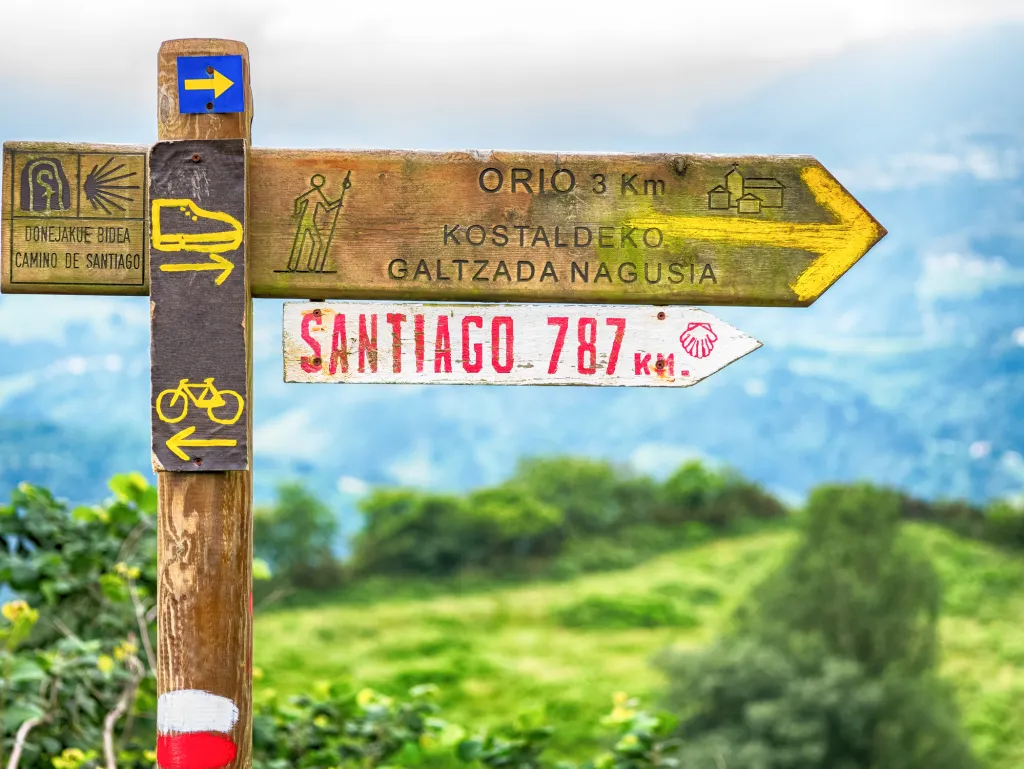Pilgrimages have been a fundamental part of human spirituality for millennia. The journey to sacred sites is not just about reaching the destinations but about the transformation and introspection that occurs along the way. From the rugged mountains of Tibet to the serene landscapes of Spain, these sacred paths offer both physical and spiritual enrichment. Here, we explore some of the most revered pilgrimage routes around the world.

1. The Camino de Santiago, Spain
Historical Significance
The Camino de Santiago, also known as the Way of St. James, is one of the most famous pilgrimage routes in the world. For over a thousand years, pilgrims have walked to the Cathedral of Santiago de Compostela in Galicia, where the remains of St. James are believed to be buried.
The Journey
Pilgrims can choose from several routes, the most popular being the Camino Francés, which stretches approximately 800 kilometers from Saint-Jean-Pied-de-Port in France to Santiago de Compostela. The journey typically takes about a month to complete, with walkers traversing diverse landscapes, from rolling hills to dense forests.
Spiritual Experience
The Camino de Santiago is as much about the inner journey as it is about the physical trek. Pilgrims often speak of a sense of community and camaraderie, as well as moments of deep reflection and spiritual awakening.
2. The Hajj, Saudi Arabia
Historical Significance
The Hajj is an Islamic pilgrimage to Mecca, Saudi Arabia, and is one of the Five Pillars of Islam. Every Muslim is required to undertake this journey at least once in their lifetime, provided they are physically and financially able.
The Journey
The pilgrimage occurs annually during the Islamic month of Dhu al-Hijjah. Pilgrims perform a series of rituals over five days, including walking seven times around the Kaaba, running between the hills of Safa and Marwah, and standing in prayer on the plains of Arafat.
Spiritual Experience
The Hajj is a profound act of worship and submission to Allah. It is a time for Muslims to seek forgiveness, reflect on their lives, and renew their faith. The collective experience of millions of pilgrims from around the world fosters a deep sense of unity and brotherhood.
3. The Shikoku Pilgrimage, Japan
Historical Significance
The Shikoku Pilgrimage, also known as the Shikoku Henro, is a 1,200-kilometer circular route that visits 88 temples associated with the Buddhist monk Kūkai (Kōbō Daishi). This pilgrimage is rooted in the traditions of Japanese Buddhism.
The Journey
Pilgrims, or “henro,” can walk, bike, or drive the route, which takes them through the four prefectures of Shikoku Island. The journey offers a blend of coastal scenery, mountainous terrain, and urban landscapes.
Spiritual Experience
The pilgrimage is a meditative practice, offering pilgrims the opportunity to detach from the material world and seek enlightenment. Each temple visit is a step toward spiritual growth and self-discovery.
4. The Kailash Kora, Tibet
Historical Significance
Mount Kailash, located in Tibet, is considered sacred by Hindus, Buddhists, Jains, and Bonpos. The pilgrimage around this holy mountain, known as the Kailash Kora, is a journey of great spiritual significance.
The Journey
The Kora involves a 52-kilometer trek around Mount Kailash, usually taking about three days to complete. The high altitude and rugged terrain make this pilgrimage particularly challenging.
Spiritual Experience
Circumambulating Mount Kailash is believed to bring immense spiritual benefits, including the purging of sins and the accumulation of merit. Pilgrims often describe a profound sense of peace and connection to the divine.
5. The Varanasi Pilgrimage, India
Historical Significance
Varanasi, also known as Benares or Kashi, is one of the oldest continuously inhabited cities in the world and a major pilgrimage site for Hindus. It is believed that dying in Varanasi and being cremated on the banks of the Ganges River grants moksha, or liberation from the cycle of rebirth.
The Journey
Pilgrims visit numerous temples and ghats (riverfront steps) along the Ganges. Key sites include the Kashi Vishwanath Temple, dedicated to Lord Shiva, and the Manikarnika Ghat, the main cremation ghat.
Spiritual Experience
Varanasi is a city of profound spiritual energy. The rituals, chants, and vibrant atmosphere provide a unique opportunity for pilgrims to deepen their faith and seek spiritual solace.
Conclusion
Pilgrimage pathways offer more than just a physical journey; they are avenues for spiritual growth, self-reflection, and a deeper connection to the divine. Whether walking the ancient routes of the Camino de Santiago or undertaking the arduous Hajj, sacred sites are united by a common purpose: to seek and honor the sacred. As we explore these sacred sites, we not only learn about diverse cultures and religions but also discover the universal quest for meaning and transcendence.
Instead of being limited by roaming charges or extra fees from your mobile provider, BNESIM eSIM plans allow you to stay connected while exploring sacred sites at affordable prices. You can find eSIM data plans for more than 200 countries, and you can activate them on a pay-as-you-go, daily or monthly basis. Stay connected with BNESIM eSIM while you explore the world.
